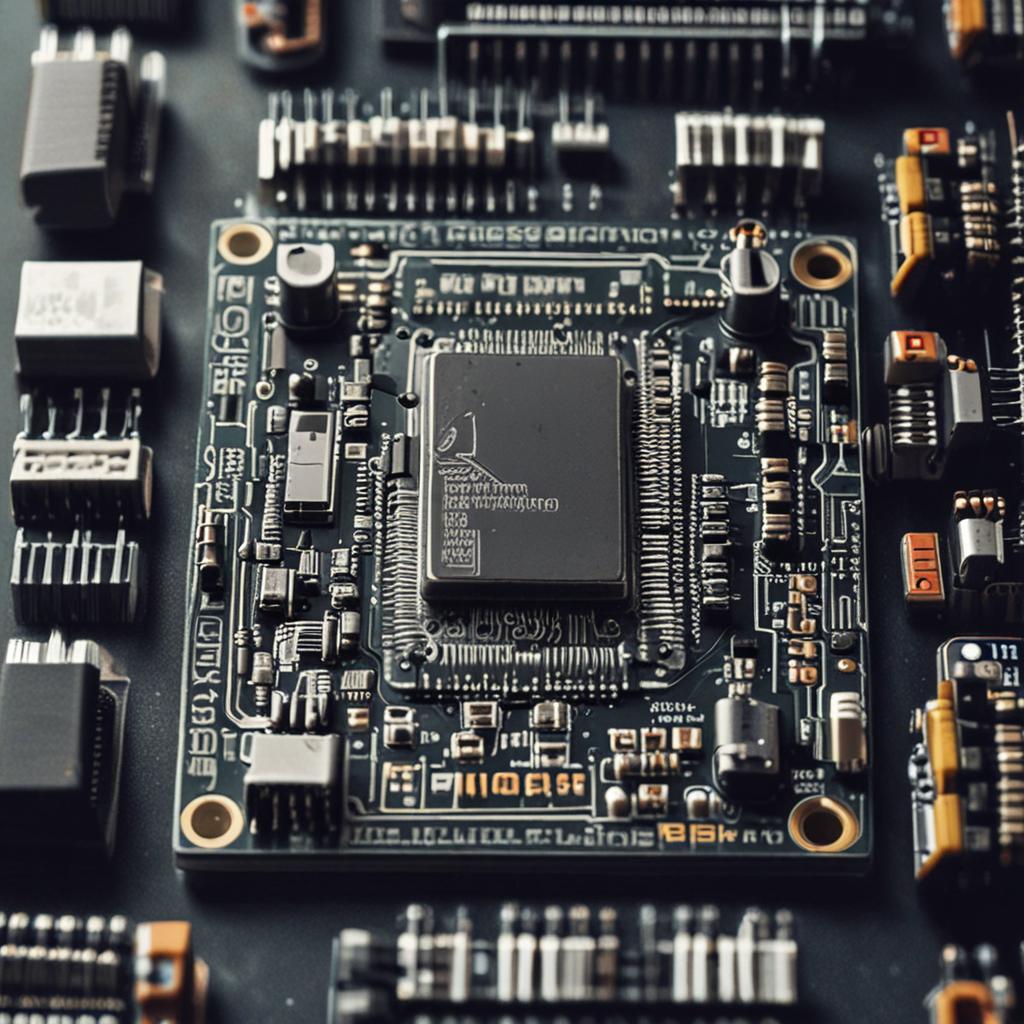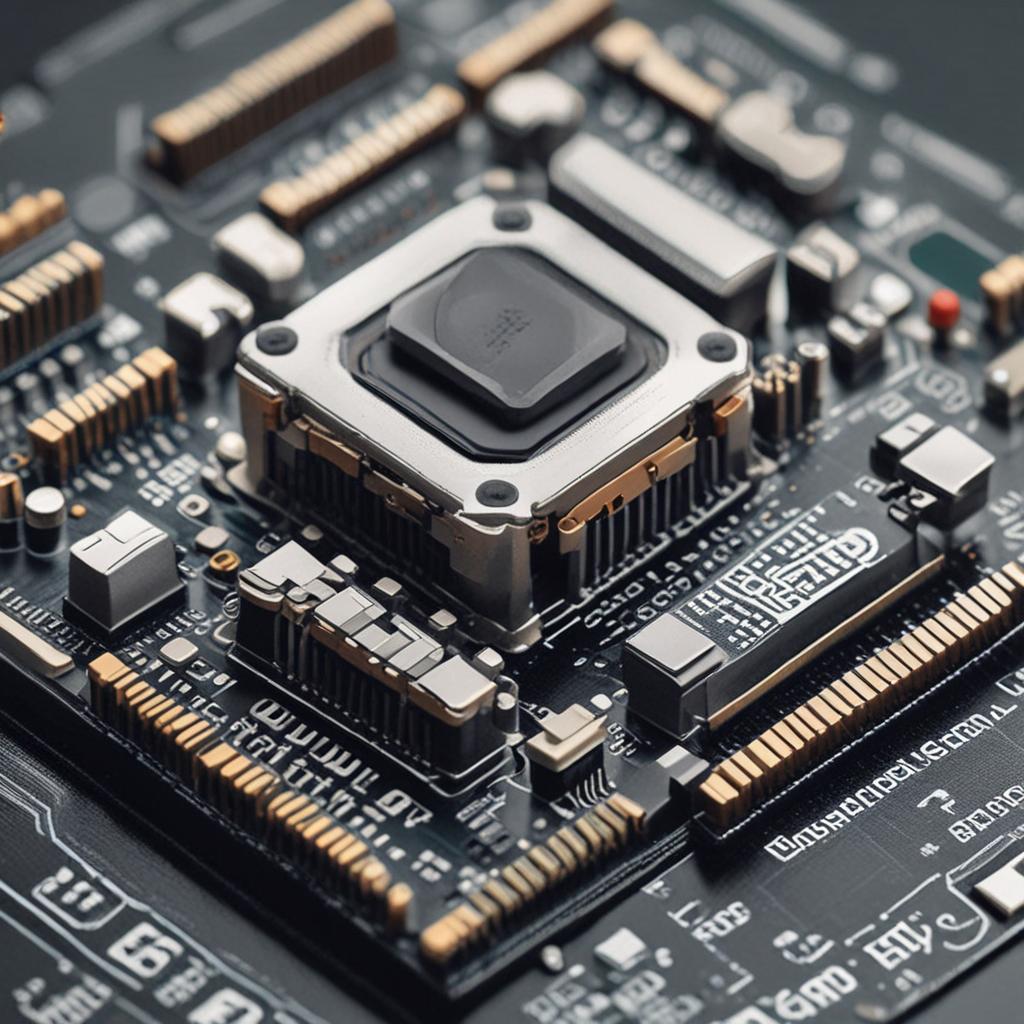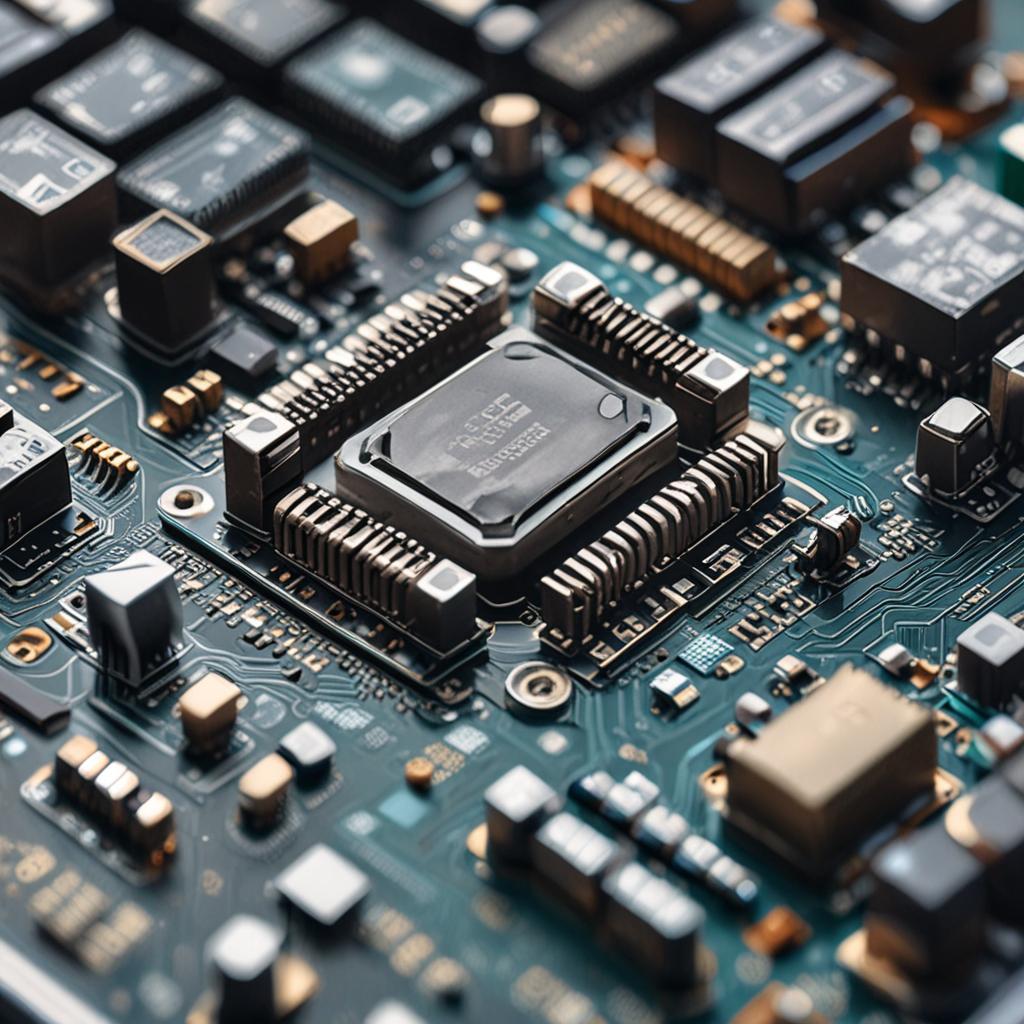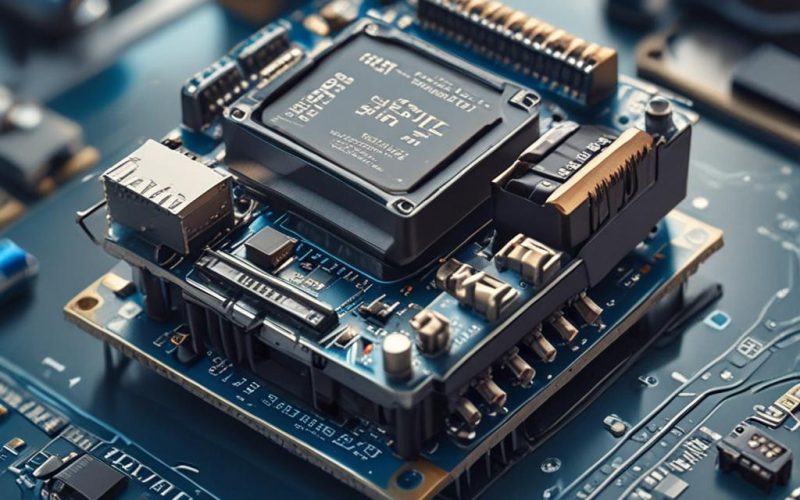Table of Contents Show
Deploying machine learning models on resource-constrained devices like the ESP32 is revolutionizing edge computing and IoT applications. With its low power consumption, real-time processing capabilities, and cost-effectiveness, the ESP32 enables developers to run AI models directly on-device, eliminating the need for cloud dependencies. Whether you’re a hobbyist experimenting with smart sensors or a professional building industrial automation systems, this guide will walk you through the essential steps to deploy a pretrained ML model on an ESP32 board. From model conversion to hardware integration, we’ll cover everything you need to bring AI to the edge.
Historical Timeline
2018
ESP32 boards gain popularity for IoT applications
2019
TensorFlow Lite for Microcontrollers released
2020
First ML models deployed on ESP32 using TFLite
2022
Optimized frameworks like Edge Impulse support ESP32
2024
Advanced deployment with on-device training
Timeline infographic for How to Deploy a Pretrained Ml Model on an Esp32 Board
Prerequisites for Deployment
Hardware Requirements
To deploy an ML model on an ESP32, you’ll need the following hardware components:
- An ESP32 development board (e.g., ESP32-WROOM-32)
Ensure your ESP32 has sufficient RAM and flash memory to accommodate the model. For instance, a quantized model typically requires around 200-500 KB of flash and 50-100 KB of RAM.
Software and Tools
You’ll need the following software and libraries to start:
- Arduino IDE or ESP-IDF (Espressif IoT Development Framework)
Install the latest TFLM library in your development environment to enable model deployment.
Pretrained ML Model Requirements
Your ML model must meet specific compatibility criteria:
- It should be trained in TensorFlow, PyTorch, or another framework that supports conversion to TensorFlow Lite.
Preparing the Pretrained ML Model
Exporting the Model for Compatibility
Convert your model to TensorFlow Lite format using the `tflite_convert` tool or TensorFlow Lite Converter. For example:
converter = tf.lite.TFLiteConverter.fromsavedmodel(savedmodeldir) converter.optimizations = [tf.lite.Optimize.DEFAULT] quantized_model = converter.convert()
Post-training quantization reduces model size by up to 75% while maintaining accuracy.
Testing the Model in a Python Environment
Validate the model’s performance using Python before deployment:
interpreter = tf.lite.Interpreter(modelcontent=quantizedmodel) interpreter.allocate_tensors() inputdetails = interpreter.getinput_details() outputdetails = interpreter.getoutput_details()
This ensures the model works as expected before integrating it into the ESP32 codebase.
Generating a C/C++ Header File
Use the TFLM model conversion tool to generate a `.h` file for the ESP32:
xxd -i model.tflite > model.h
The resulting `model.h` file contains the quantized model weights and architecture, which will be embedded in your ESP32 project.
Deploying the Model on an ESP32 Board
Setting Up the Development Environment
Install ESP-IDF and configure it for the ESP32. Integrate the TensorFlow Lite for Microcontrollers library:

- Clone the TFLM repository into your project directory.
Integrating the Model into the Project
Add the model header file to your project:
include "model.h"
Use PROGMEM to store the model in flash memory, avoiding RAM constraints:
const uint8t modeldata[] PROGMEM = gmodeldata;
Writing the Code for Inference
Initialize the model and run inference:
tflite::MicroInterpreter interpreter(model, resolver, tensor_arena, kTensorArenaSize); interpreter.AllocateTensors();
Preprocess input data, invoke the interpreter, and interpret results accordingly.
Testing and Debugging the Deployment
Upload the code to the ESP32 and monitor output via the serial monitor. Common issues include:
- Model compatibility errors (e.g., incorrect input shapes)
Debug using serial logs and ESP-IDF’s monitor tools.
Optimization and Best Practices
Model Optimization Techniques
Reduce model size using:
- Quantization (e.g., int8 or float16 precision)
Memory Management on ESP32
Address RAM/flash constraints by:
- Using PROGMEM for model storage
Power and Performance Considerations
Enable deep sleep modes and adjust clock speeds to balance power and performance. For example:

espsleepenabletimerwakeup(1000000); // Wake up every 1 second
Real-Time Inference and Latency Mitigation
Optimize preprocessing pipelines and use interrupts for fixed-interval inference:
timer = timerBegin(0, &timer_config, true); timerAttachInterrupt(timer, &inference_task, true); timerAlarmWrite(timer, 1000000, true);
Case Study: Example Use Case (Gesture Recognition)
Problem Statement and Model Selection
A gesture recognition system uses an accelerometer to classify hand movements. A pretrained CNN model converts sensor data into gestures like “swipe left” or “swipe right.”
Implementation Steps
Collect accelerometer data, preprocess it, and run inference:
void loop() {
readsensordata();
preprocess_input();
interpreter.Invoke();
classify_gesture();
sendwifinotification();
}
Performance Evaluation
Measure inference latency (~10-50 ms) and power consumption (~50 mA during active inference). Compare with cloud-based alternatives for latency improvements.
Advanced Tips and Tools
Using ESP32’s Co-Processor for ML
Offload tasks to the ULP co-processor for ultra-low-power inference. Example:
ulpprocessnumber(0x1234); // Send data to ULP for processing
OTA Updates for Model Revisions
Update models remotely using WiFi:
AsyncWebServer server(80);
server.on("/update", HTTP_POST, [](AsyncWebServerRequest request){ / Handle OTA */ });
Framework Alternatives
Compare TensorFlow Lite with CMSIS-NN (ARM) or Edge Impulse for specific use cases.
Conclusion
Deploying pretrained ML models on the ESP32 unlocks powerful edge computing capabilities for IoT applications. By following the steps outlined—model conversion, environment setup, code integration, and optimization—you can bring AI to resource-constrained devices efficiently. Experiment with different models and use cases to explore the full potential of ML on the ESP32.
FAQ Section
Frequently Asked Questions
Q1: Can I use models trained in PyTorch or ONNX for this deployment?
A: Yes, but they must first be converted to TensorFlow Lite format using tools like ONNX-TensorFlow bridges.
Q2: How do I handle sensor data preprocessing on the ESP32?
A: Use lightweight C/C++ code to normalize or scale inputs according to the model’s training specifications.

Q3: What if my model exceeds the ESP32’s memory limits?
A: Apply quantization, pruning, or consider using a smaller model (e.g., MobileNet variants).
Q4: Is it possible to train a model directly on the ESP32?
A: No, due to limited resources. Training must occur on a host machine, and only inference runs on the ESP32.
Q5: Which libraries are essential for WiFi/Bluetooth connectivity in ML projects?
A: WiFiManager, ESP32 BLE Arduino, and ESP-IDF’s WiFi/BLE APIs for sending inference results.




